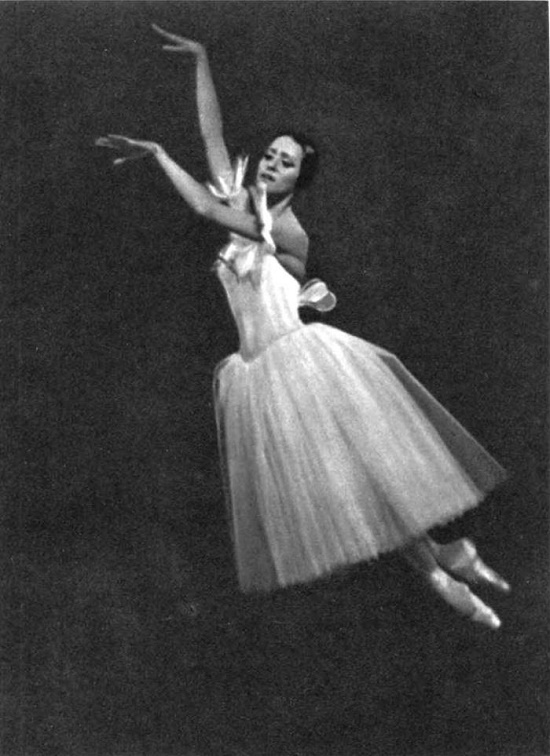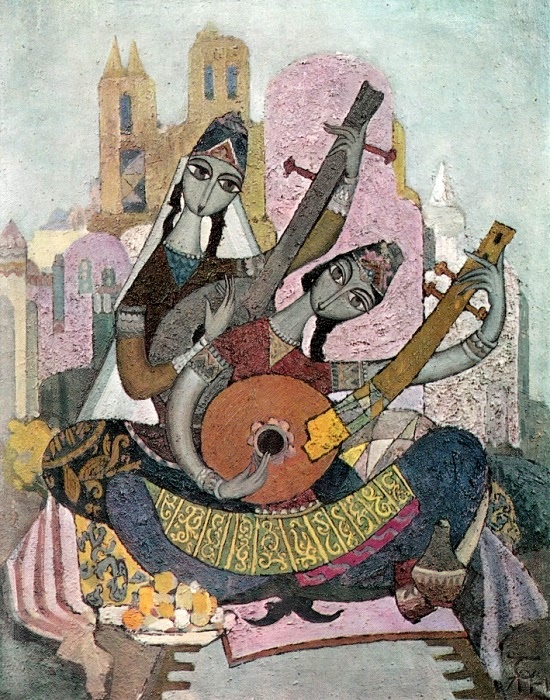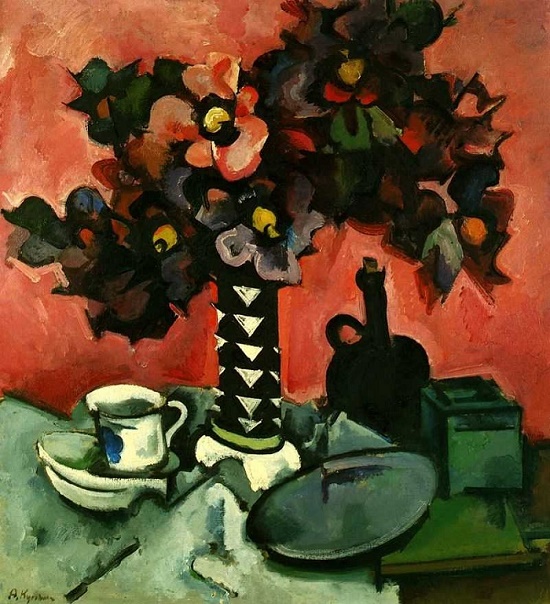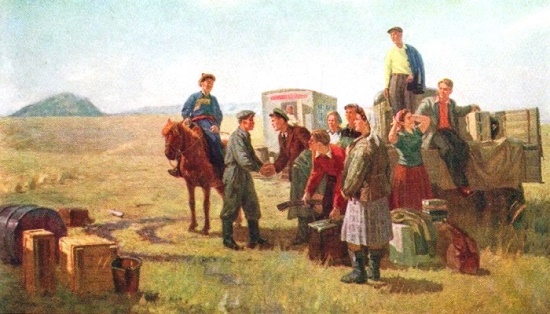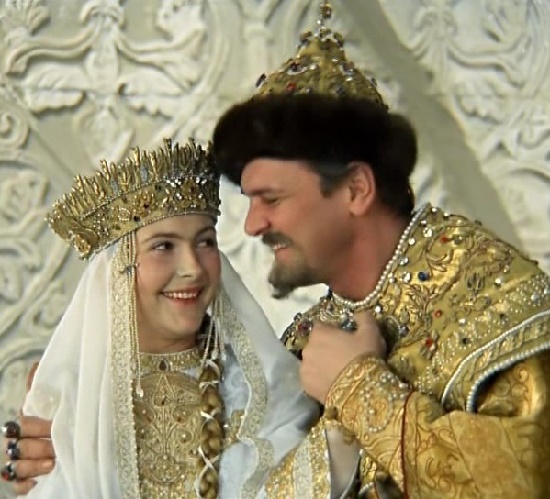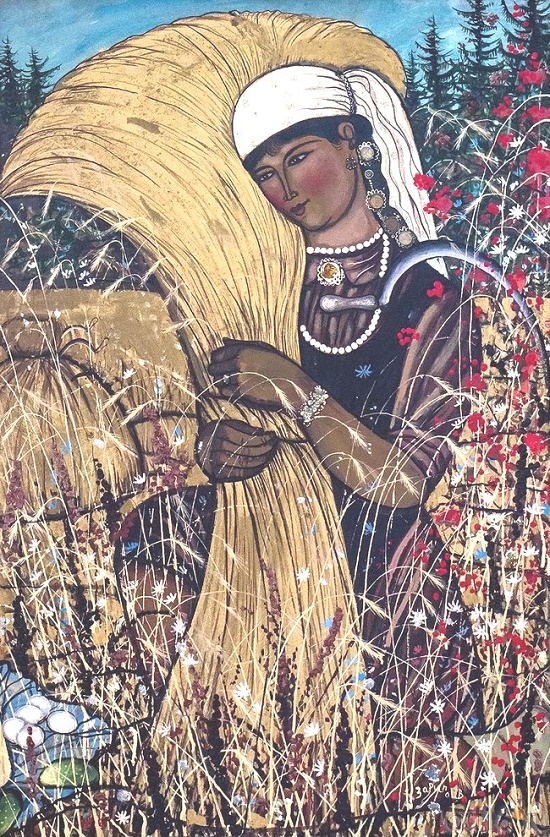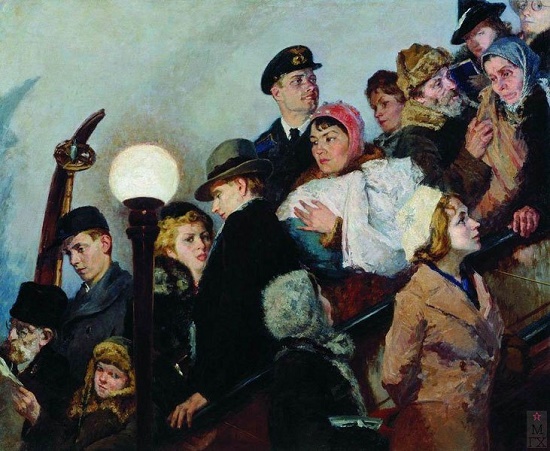Pride of the Soviet people – Unsurpassed Soviet ballet
Pride of the Soviet people – Unsurpassed Soviet ballet
First of all, the main features of the Soviet ballet – the ideological content, realistic orientation, and the organic connection with folk art. The keeper of the values of the classical choreographic heritage, our Soviet ballet fruitfully developed the best traditions of Russian ballet art. Also, substantial realistic ballets created in the Soviet era – diverse in genres. In particular, heroic-revolutionary ballets, dramatic, lyric-comedy, tragedy, legendary-epic and fabulously enchanting.
Besides, the Soviet ballet theater is multinational. This gave it an amazing multicoloredness. Traditionally, each nationality brings its own features and characteristics to the created ballet productions, although it builds them on a common basis – classical choreography. The performing style of our ballerinas and dancers was remarkable for its naturalness and nobility.
The achievements of Soviet ballet art have gained wide international recognition. Numerous tours of ballet theatrical troupes and soloists – representatives of various national republics of the Soviet Union – went on abroad with triumphant success. In all countries of the world they admire the skill of the artists of the Soviet ballet, the significance of the repertoire, note the technical perfection, meaningfulness and spirituality of the performance.
The strength of the ideological, aesthetic, moral impact of the Soviet ballet is multiplied by its humanistic orientation.
Read more »
